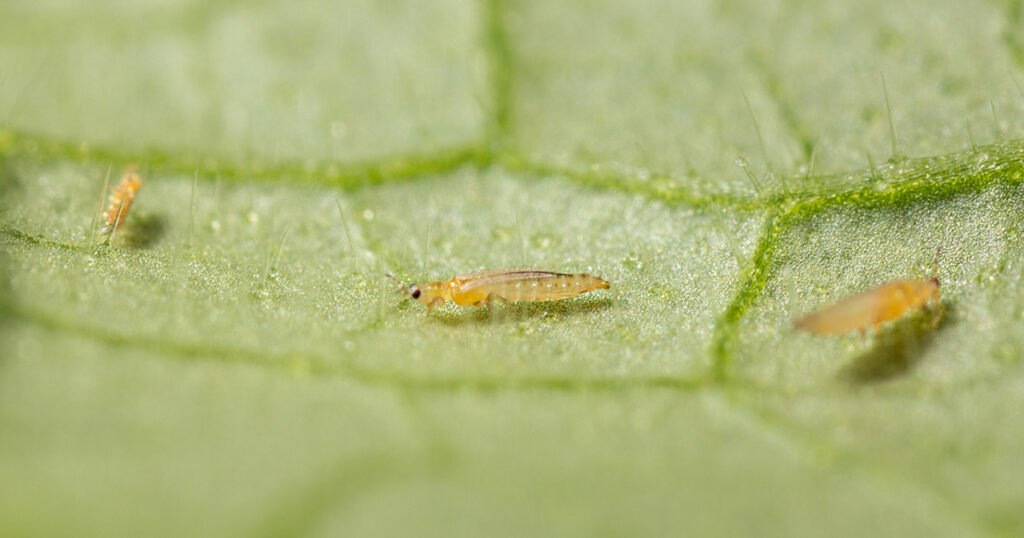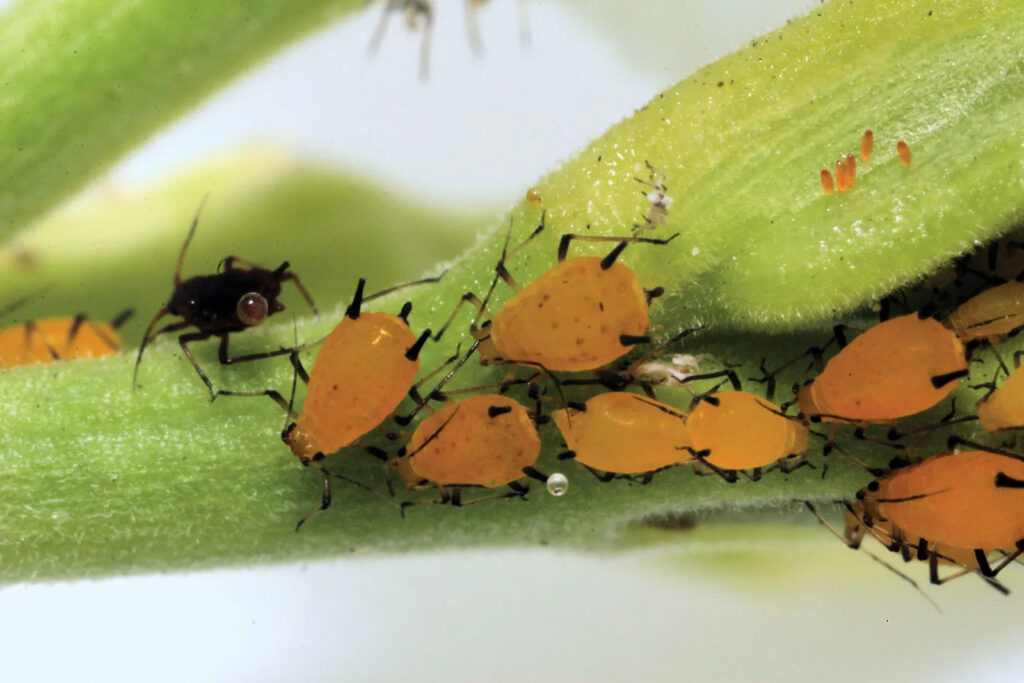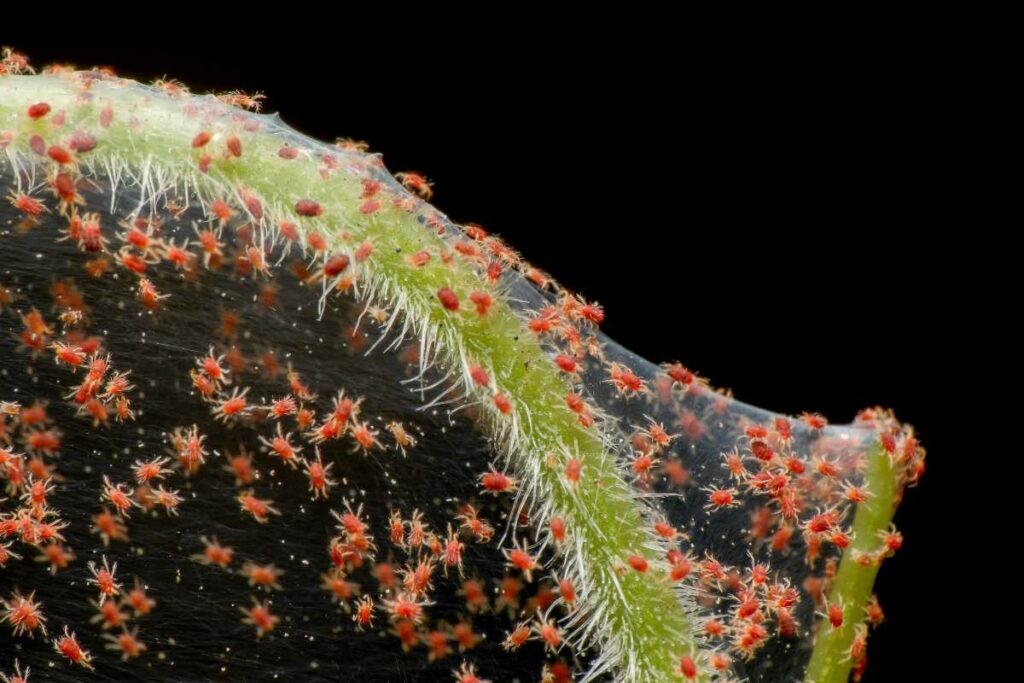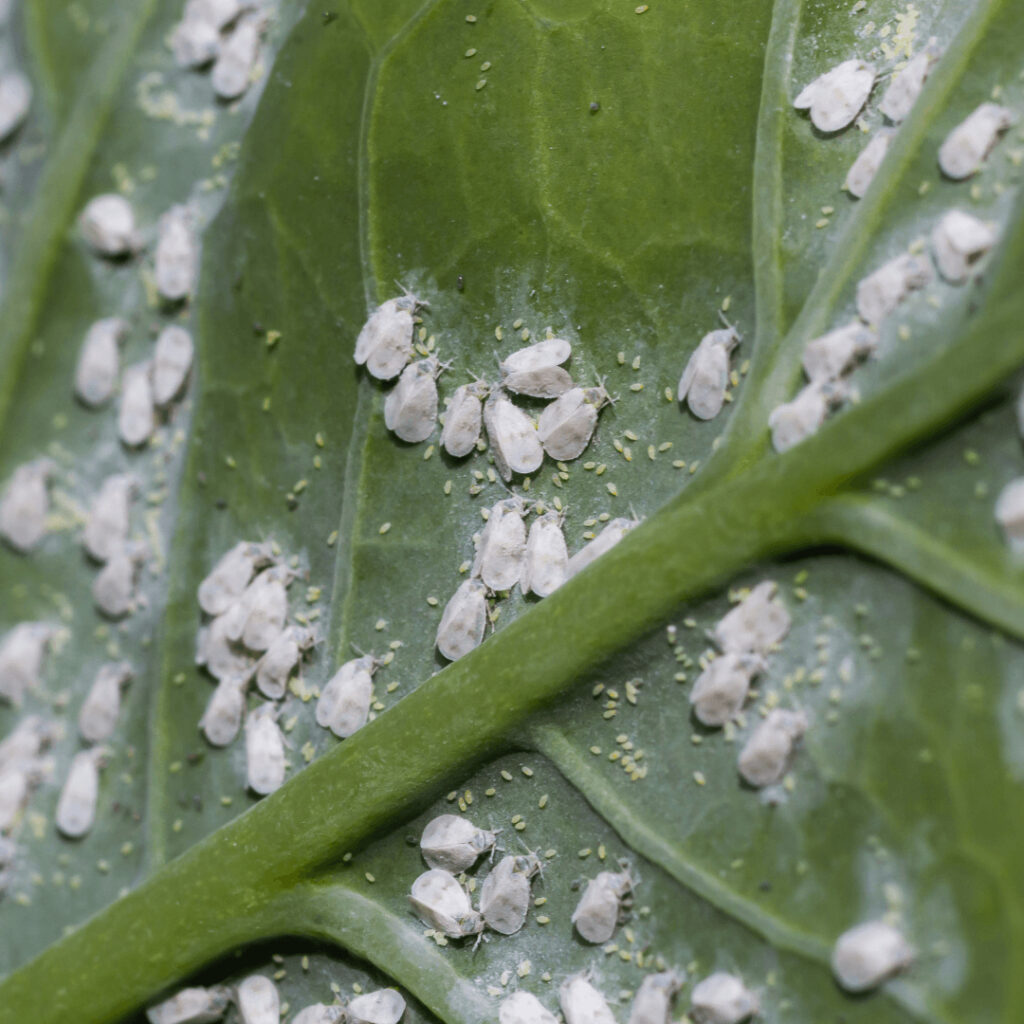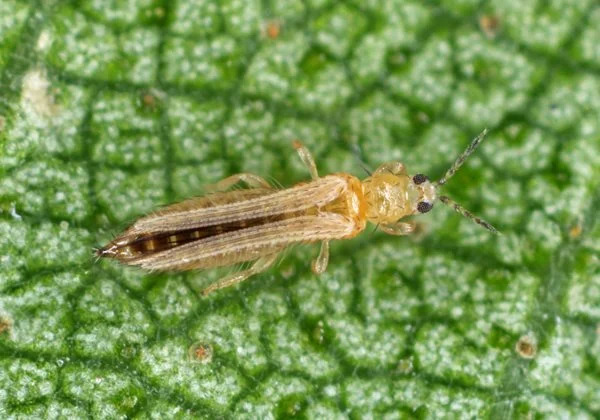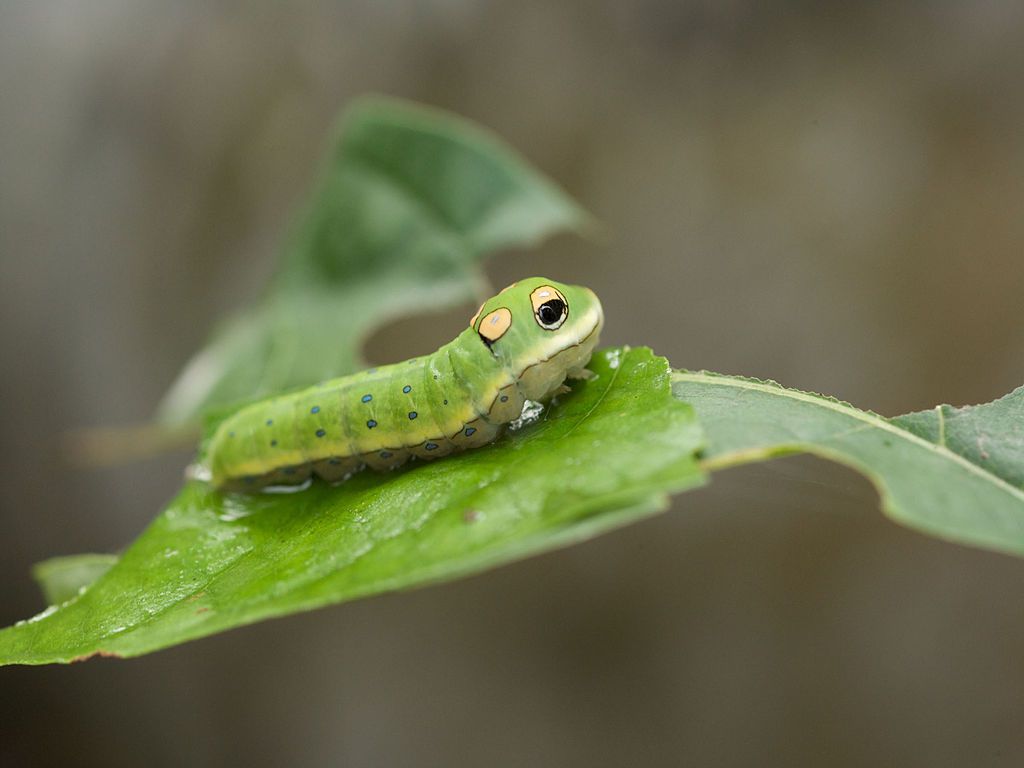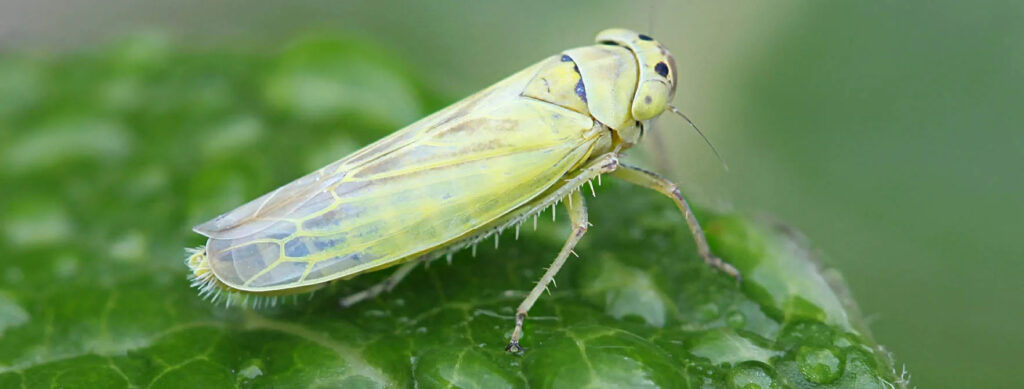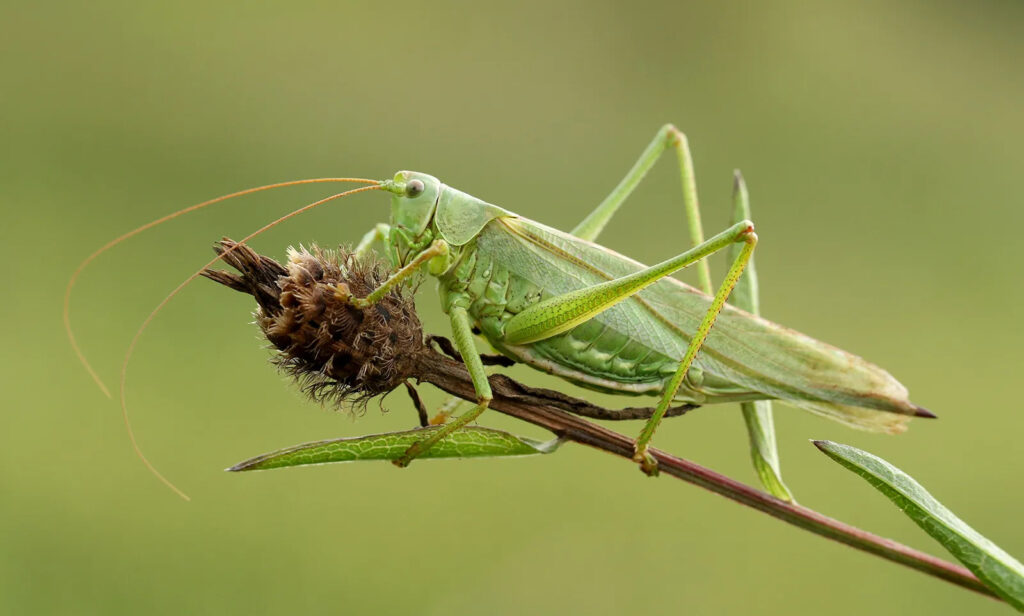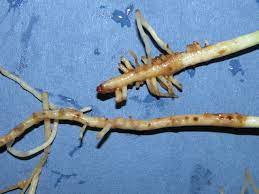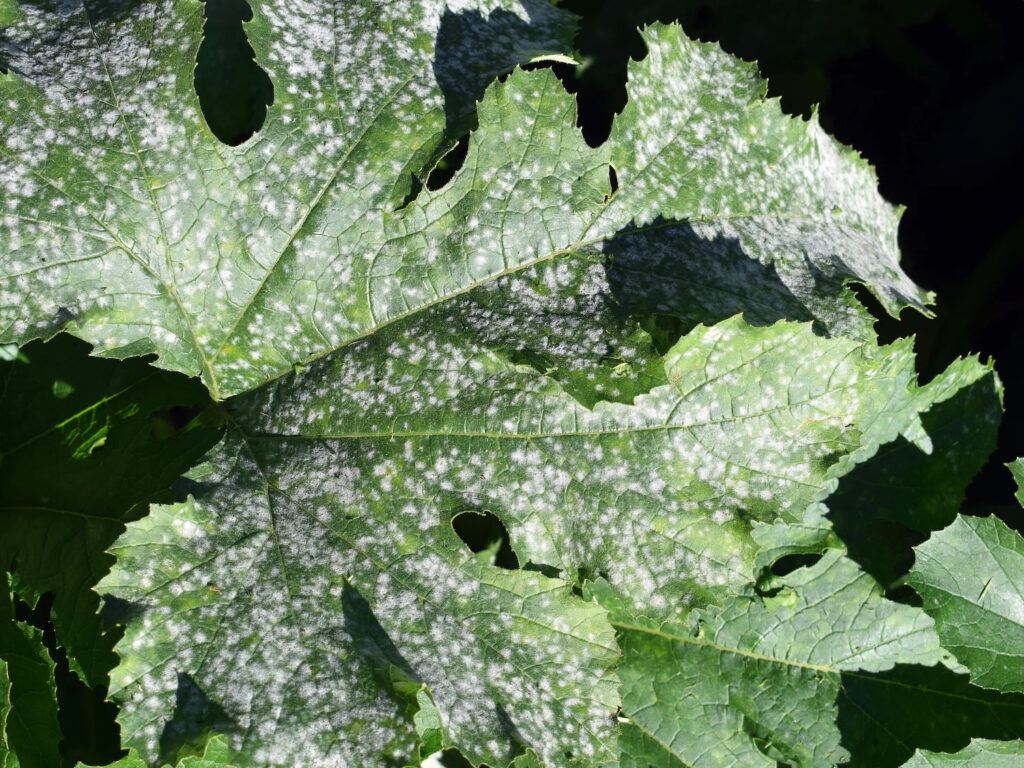Cannabis cultivation can be a rewarding and therapeutic endeavor for many enthusiasts and patients. However, just like any other crop, cannabis plants are susceptible to a variety of pests that can significantly impact their growth and overall health. In this article, we will delve into the top 10 cannabis pests that growers should be vigilant about. We'll discuss the signs of infestation, potential damage, and effective management strategies. Whether you are a seasoned cultivator or a novice, understanding these cannabis pests is essential for maintaining a thriving garden.
Top 10 Cannabis Pests:
1. Aphids
Aphids are small, soft-bodied cannabis pests that can be found on the leaves, stems, and buds of cannabis plants. They are typically green or black and feed on plant sap by piercing the tissue with their needle-like mouthparts. Aphid infestations can lead to curled leaves, stunted growth, and reduced yields.
Management: To control aphids, use insecticidal soaps, neem oil, or beneficial insects like ladybugs, which are natural predators. Regularly inspect your plants and remove heavily infested sections.
2. Spider Mites
Spider mites are tiny arachnids that are difficult to spot with the naked eye. They feed on the underside of cannabis leaves, sucking out cell contents and leaving behind stippled, discolored foliage. Left unchecked, spider mites can quickly reproduce and cover plants in fine webbing.
Management: Introduce predatory mites or use neem oil to combat spider mite infestations. Regularly spray plants with water to deter them, as they dislike high humidity.
3. Whiteflies
Whiteflies are small, winged cannabis pests that congregate on the undersides of cannabis leaves. They feed on plant juices and excrete a sticky substance known as honeydew, which can attract mold and other pests. Whitefly infestations can cause yellowing leaves and reduced photosynthesis.
Management: Implement yellow sticky traps to catch adult whiteflies. Release natural predators like parasitic wasps or use neem oil to deter them.
4. Thrips
Thrips are slender cannabis pests that scrape the surface of cannabis leaves to feed on plant cells. Infestations can lead to distorted, silvered leaves and the spread of plant diseases. Thrips are often found in the flowers, making them challenging to control.
Management: Use insecticidal soap or neem oil to treat thrip infestations. Pruning heavily infested parts can also help reduce their numbers.
5. Fungus Gnats
Fungus gnats are small, black flies that lay their eggs in the soil. The larvae feed on the roots of cannabis plants, leading to reduced nutrient uptake and wilting. Adult fungus gnats are attracted to the soil surface.
Management: Allow the soil to dry between waterings, as fungus gnats thrive in moist conditions. Use sticky traps to catch adult gnats, and consider adding beneficial nematodes to the soil to control larvae.
6. Caterpillars
Caterpillars are the larval stage of moths and butterflies. They can chew through cannabis leaves, causing visible damage in the form of holes and ragged edges. Common cannabis-eating caterpillars include the budworm and the armyworm.
Management: Inspect your plants regularly, especially during flowering when caterpillar damage can be most detrimental. Handpick caterpillars when possible and use organic insecticides as a last resort.
7. Leafhoppers
Leafhoppers are small cannabis pests, wedge-shaped insects that feed on cannabis plant sap. They are known for spreading plant diseases and can cause leaf discoloration and curling.
Management: Introduce beneficial insects like lacewings or use neem oil to control leafhoppers. Removing weeds from the surrounding area can also reduce their presence.
8. Grasshoppers
Grasshoppers are herbivorous insects that can devastate cannabis plants by munching on leaves and flowers. They are more common in outdoor grows and can quickly consume large portions of your crop.
Management: Physical barriers, such as netting or fencing, can be effective in keeping grasshoppers away from your plants. If infestation occurs, consider introducing natural predators like birds.
9. Root Rot
Root rot is caused by various fungi, including Fusarium and Pythium species, which thrive in overly wet and poorly drained soil. Infected cannabis plants may exhibit wilting, yellowing leaves, and stunted growth.
Management: Prevent root rot by ensuring proper drainage and not overwatering your plants. If infection occurs, use fungicides designed for cannabis cultivation.
10. Powdery Mildew
Powdery mildew is a common fungal disease that manifests as a white, powdery substance on cannabis leaves and buds. It can hinder photosynthesis and reduce yields if left untreated.
Management: Increase airflow in your grow space, maintain proper humidity levels, and use fungicides specifically formulated for powdery mildew control.
Conclusion on Cannabis Pests
Understanding and managing common cannabis pests is crucial for successful cultivation. Regularly inspecting your plants, implementing preventative measures, and utilizing natural and organic solutions when needed can help maintain a healthy and thriving cannabis garden. By staying vigilant and proactive, you can minimize the impact of pests and enjoy the benefits of your hard work and dedication.
Remember that the use of chemical pesticides should be a last resort, as they can harm beneficial insects and have adverse effects on the environment and your final product. Integrated pest management (IPM) strategies that incorporate natural predators, cultural practices, and non-toxic treatments are the best approach to safeguarding your cannabis crop from these top 10 pests.
By staying informed about the various threats that can affect your cannabis plants, you can ensure a successful and bountiful harvest while keeping your plants healthy and free from infestations. Happy growing!

